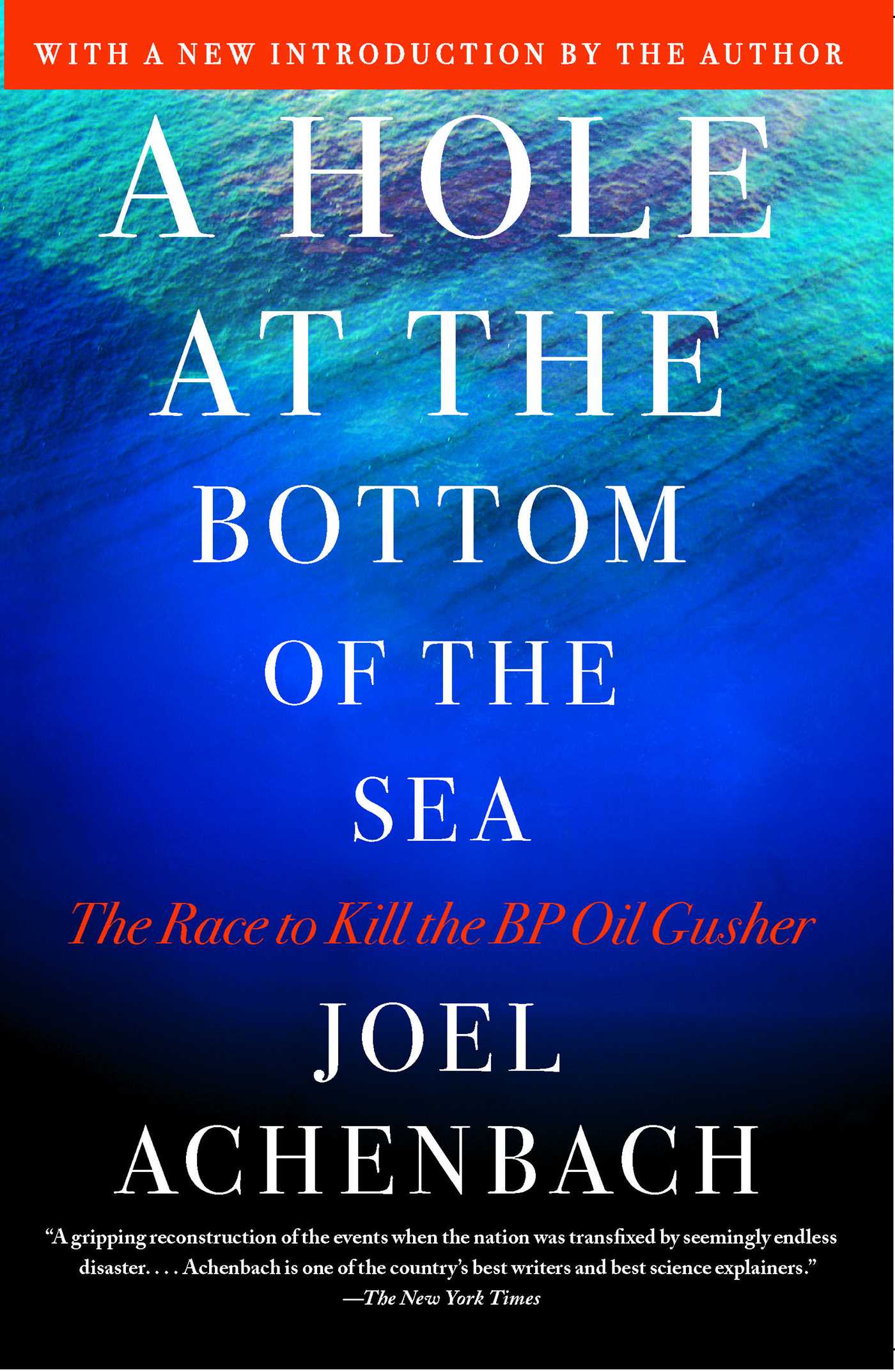Plus, receive recommendations and exclusive offers on all of your favorite books and authors from Simon & Schuster.
Table of Contents
About The Book
A suspense story, a mystery, a technological thriller: This is Joel Achenbach’s groundbreaking account of the Deepwater Horizon disaster and what came after. The tragic explosion on the huge drilling rig in April 2010 killed eleven men and triggered an environmental disaster. As a gusher of crude surged into the Gulf’s waters, BP engineers and government scientists—awkwardly teamed in Houston—raced to devise ways to plug the Macondo well.
Achenbach, a veteran reporter for The Washington Post and acclaimed science writer for National Geographic, moves beyond the blame game to tell the gripping story of what it was like, behind the scenes, moment by moment, in the struggle to kill Macondo. Here are the controversies, the miscalculations, the frustrations, and ultimately the technical triumphs of men and women who worked out of sight and around the clock for months to find a way to plug the well.
The Deepwater Horizon disaster was an environmental 9/11. The government did not have the means to solve the problem; only the private sector had the tools, and it didn’t have the right ones as the country became haunted by Macondo’s black plume, which was omnipresent on TV and the Internet. Remotely operated vehicles, the spaceships of the deep, had to perform the challenging technical ma-neuvers on the seafloor. Engineers choreographed this robotic ballet and crammed years of innovation into a single summer. As he describes the drama in Houston, Achenbach probes the government investigation into what went wrong in the deep sea. This was a confounding mystery, an engineering whodunit. The lessons of this tragedy can be applied broadly to all complex enterprises and should make us look more closely at the highly engineered society that surrounds us.
Achenbach has written a cautionary tale that doubles as a technological thriller.
Product Details
- Publisher: Simon & Schuster (April 5, 2011)
- Length: 288 pages
- ISBN13: 9781451625387
Browse Related Books
Raves and Reviews
“Achenbach lives up to his promises to make the disaster ‘into a tale that everyone can comprehend,’ with fluid, often Spartan prose and a candid tone. . . ."
--Los Angeles Times
“A gripping, insightful, sobering and at times heroic tale of the struggle to find a solution to a technological problem whose precise source is still a mystery.”
--The Globe and Mail (Canada)
“Briskly informative and even-handed. . . . A Hole at the Bottom of the Sea will not make anyone feel better about the BP spill. But with economic and political pressure on to resume deepwater drilling in the Gulf of Mexico, it’s a book anyone who lives along its shores needs to read.”
--St. Petersburg Times
“Briskly informative and even-handed. . . . A Hole at the Bottom of the Sea will not make anyone feel better about the BP spill. But with economic and political pressure on to resume deepwater drilling in the Gulf of Mexico, it’s a book anyone who lives along its shores needs to read.”
--St. Petersburg Times
“Briskly informative and even-handed. . . . A Hole at the Bottom of the Sea will not make anyone feel better about the BP spill. But with economic and political pressure on to resume deepwater drilling in the Gulf of Mexico, it’s a book anyone who lives along its shores needs to read.”
--St. Petersburg Times
Resources and Downloads
High Resolution Images
- Book Cover Image (jpg): A Hole at the Bottom of the Sea eBook 9781451625387
- Author Photo (jpg): Joel Achenbach Photo credit: Julia Ewan(0.9 MB)
Any use of an author photo must include its respective photo credit














